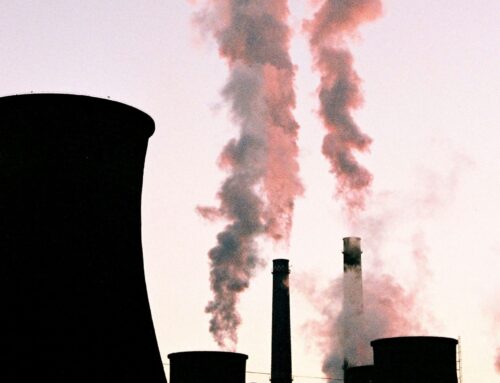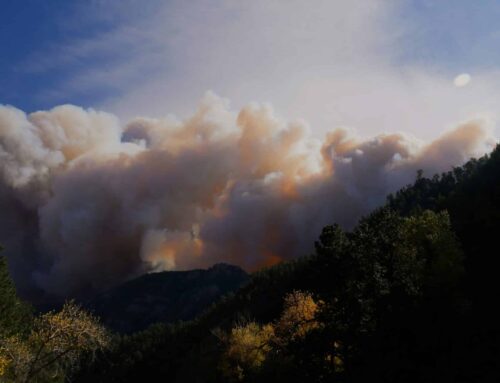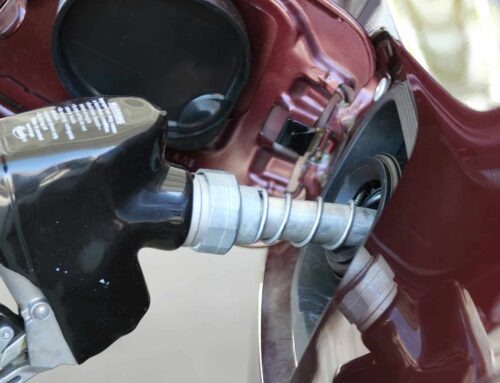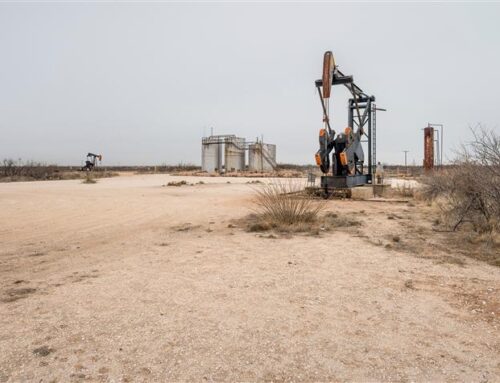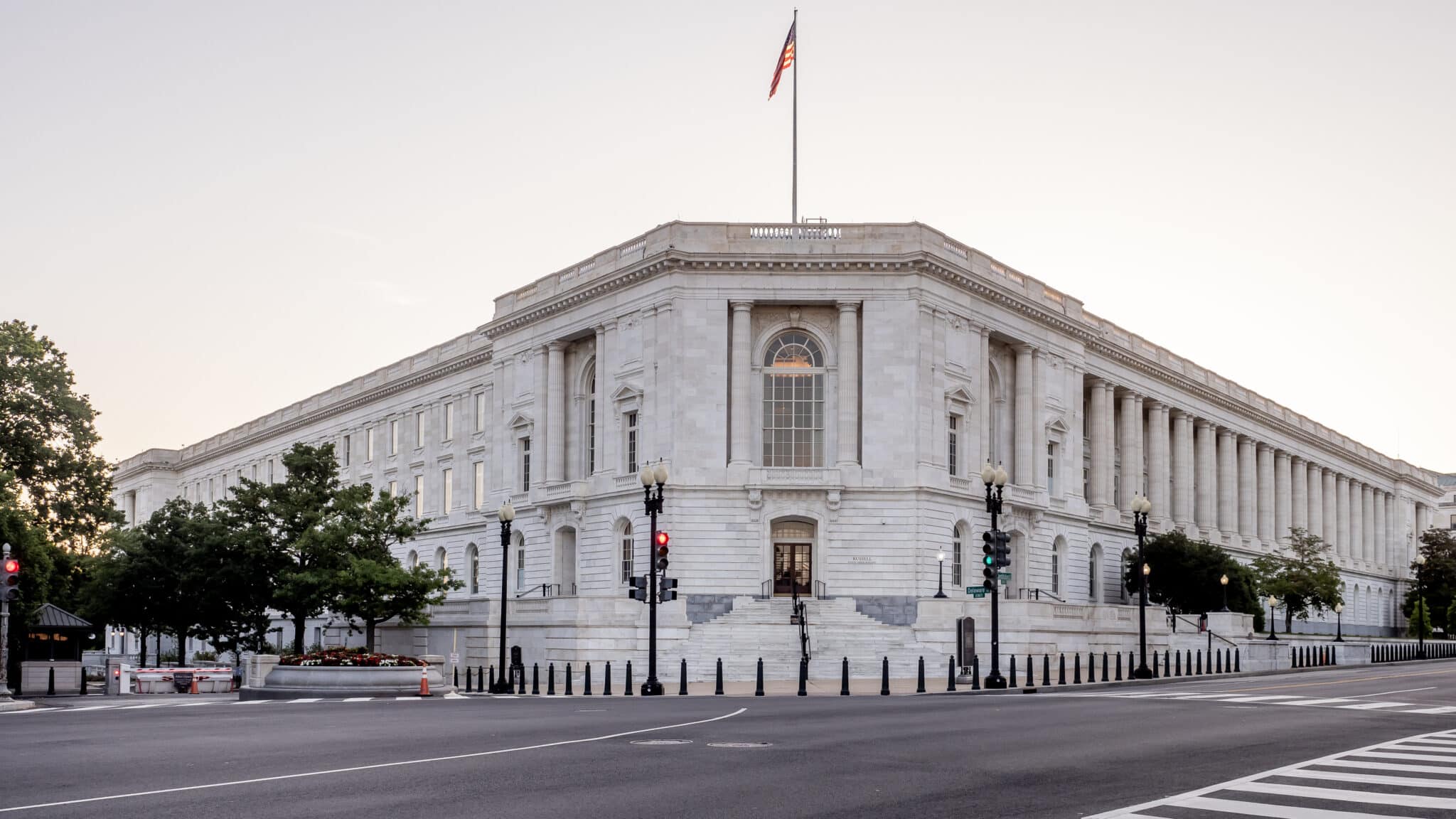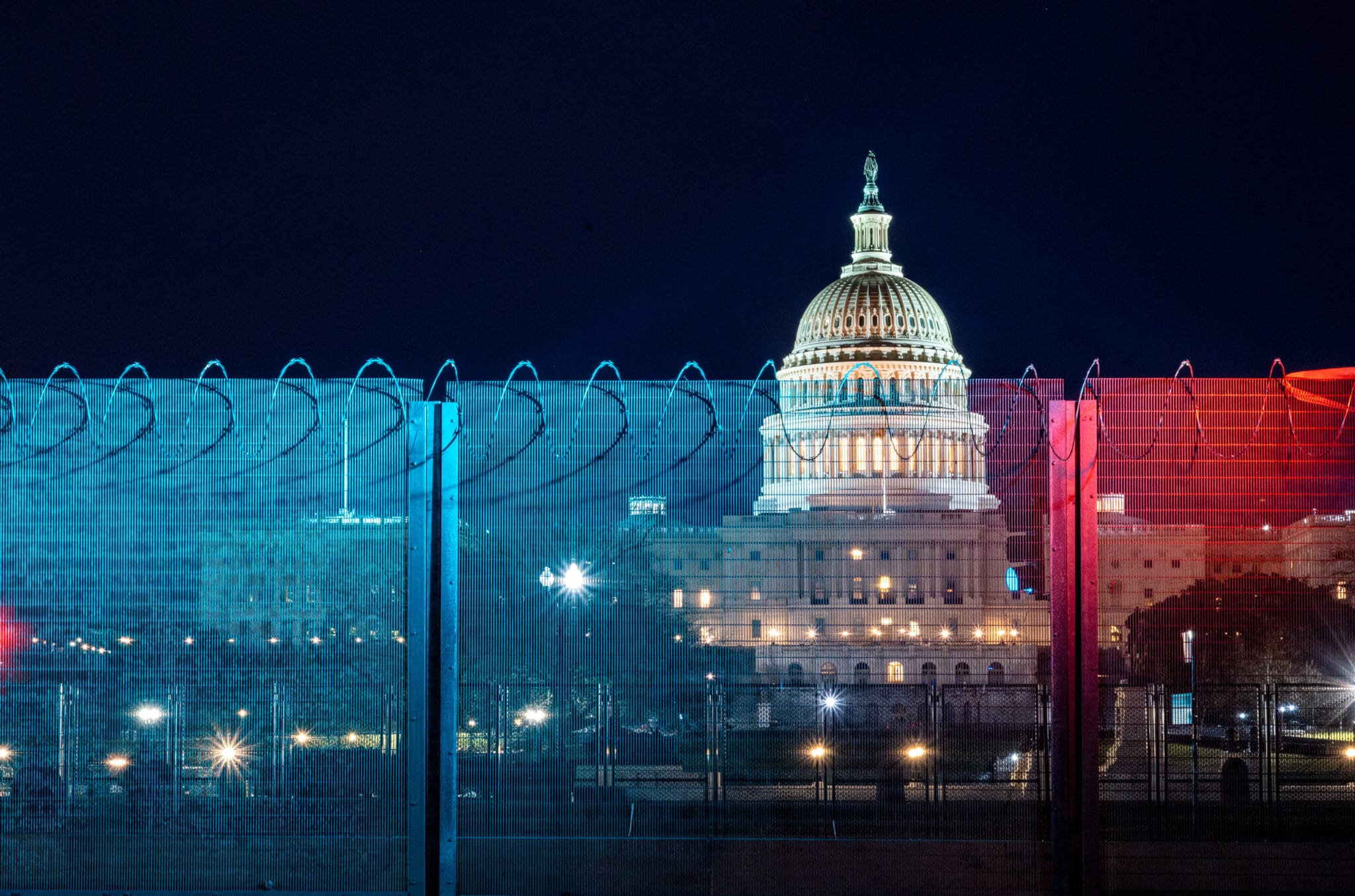On March 14, 2024, the Senate Committee on Homeland Security and Governmental Affairs held a full committee hearing on the Federal Emergency Management Agency’s (FEMA) role in responding to the increasing wildfire threat.
This hearing comes almost 6 months after the Wildland Fire Mitigation and Management Commission (Commission) released their final report, containing findings and 148 unanimous recommendations to address the wildfire crisis. The Commission was established by the Infrastructure Investment and Jobs Act (IIJA, P.L. 117-58) and includes representatives from federal agencies, state, local, and Tribal governments, non-governmental organizations, academia, and the private sector. The Senate Committee on Energy and Natural Resources held a similar hearing two days earlier to discuss the report’s findings and recommendations.
Hearing witnesses included Lori Moore-Merrell, Administrator, U.S. Fire Administration; David W. Fogerson, Chief, Division on Emergency Management and Office of Homeland Security, Department of Public Safety of the State of Nevada; Lucinda Andreani, Deputy County Manager and Flood Control District Administrator, Coconino County State of Arizona; Jamie Barnes, Director Forestry, Fire and State Lands, Department of Natural Resources State of Utah; and Christopher P. Currie, Director, Homeland Security and Justice, U.S. Government Accountability Office (GAO). Administrator Moore-Merrell, Chief Fogerson, and Administrator Andreani are members of the Wildland Fire Mitigation and Management Commission.
FEMA oversees the federal government’s response to natural disasters. Between FY2001 and FY2020, there were 32 major disasters and 12 emergency declarations related to fire, in addition to more than 1,000 other wildfire events that were authorized to receive federal aid through FEMA. FEMA also oversees the U.S. Fire Administration, which collects and distributes national fire data and educational resources.
Witnesses attested that many federal assistance programs offered through FEMA fail to meet the specific challenges posed by wildfires. As an example, Director Currie of the GAO described how FEMA’s common temporary housing solution, attaching trailers to houses, does not work after wildfires. Unlike other natural disasters, such as hurricanes or floods, recently burned areas present additional health and safety risks that make the area unsafe for immediate occupancy. Sen. Rosen (D-NV) also noted that some consequences of wildfires, like persistent hazardous air quality due to wildfire smoke, are not eligible for major disaster declarations, preventing communities from accessing federal funds.
The unique timing of wildfires and post-wildfire flooding also create misalignment with FEMA programs. According to Chief Fogerson, responsibility for wildfire response is “segregated by property lines and jurisdictions,” which may prevent communities from accessing federal resources until fire spreads into their jurisdiction and inhibit a collective movement of resources. Additionally, post-wildfire flooding may not qualify for disaster assistance under FEMA. Per Administrator Andreani, the repetitive nature of post-wildfire flooding often has cumulative impacts that exceed the minimum for a FEMA disaster declaration, but individual flooding events occur long enough apart to not qualify as a combined disaster.
The hearing addressed the importance of coordination between different federal agencies and programs in wildfire mitigation, suppression, and recovery. In his testimony, Director Currie said that current “programs are not designed to work together and that leads to delays and oftentimes missed opportunities in disaster recovery.” As an example, Currie described how FEMA can provide short term housing after a wildfire event and the Department of Housing and Urban Development (HUD) can provide long term housing, but there are limited options available in the intermediate phase.
The hearing discussion also underscored the importance of improving the resiliency of the built environment. Proper building codes, using fire resistant materials, and vegetation management were raised as important tools in creating fire adapted communities. Administrator Moore-Merrell also called from more robust funding of the U.S. Fire Administration to build a new analytics platform, which would assist with wildfire mitigation and recovery by providing education resources to communities and firefighters.
Appropriations for pre-disaster mitigation programs through FEMA have increased in recent years. Between FY1997 and FY2019, FEMA was appropriated just $1.8 billion for pre-disaster mitigation grants. The Building Resilient Infrastructure and Communities (BRIC) Program, created in FY2020 to fund hazard mitigation and disaster resilience projects, received $3.8 billion in just the first 3 years of its creation. Yet demand for the program still far exceeds available funds; in FY22, BRIC was appropriated $2.3 billion and received $4.6 billion worth of total grant requests.
We know wildfires will continue to happen. “Presponding” to natural disasters has the opportunity to better protect communities and save money. The Wildland Fire Mitigation and Management Commission report included several recommendations pertaining to building resilient communities, including ensuring that agencies have sustained funding to maintain wildfire risk and resilience improvements (Recommendation 132) and increasing the accessibility of federal grants for community wildfire risk reduction and post-fire recovery efforts (Recommendation 142). TCS recently joined The Pew Charitable Trusts, The Federation of American Scientists, and Megafire Action in urging support for this and other budget-focused recommendations included in the Commission report.
For more information on TCS Wildfire Spending work, visit Taxpayer Resources on Wildfire Spending.


